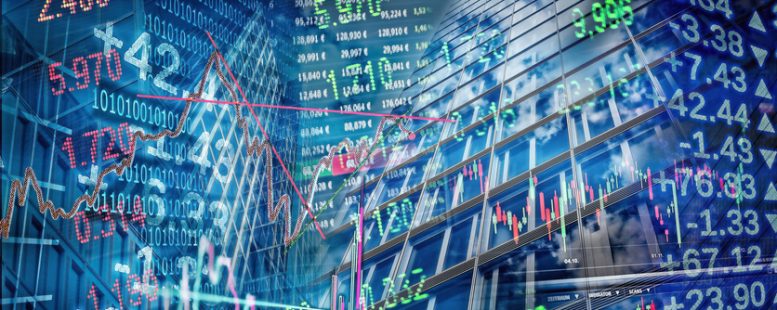Our Opinion: 2020
The Dollar’s on the slide

The US dollar recently hit a two-year low as markets move firmly into ‘risk-on’ mode.
The US dollar index, which measures the greenback’s value against a basket of six major trading partners’ currencies, spiked during the March crisis as investors rushed into the traditional safe-haven of dollar assets. Yet, massive central bank support and the prospect of a vaccine has since reversed the trend; the index has tumbled by 11% since 20th March. For the year to date the currency is down by more than 4% and has reached its lowest since April 2018. A pound currently buys about $1.34.
Despite the recent dip, it is the dollar’s prolonged strength that has been “one of the more monotonous motifs” of the last few years, according to The Economist. Analysts have repeatedly predicted an imminent reversal, only for the greenback to stay high and mighty. A persistently weaker dollar would be good news for emerging markets, where many debts are denominated in the currency. That would make servicing those loans cheaper in local currency terms, fuelling a catch-up rally in local shares.
The dollar’s modest pullback is easy to explain. A vaccine changes everything. Vaccines will hasten a general economic rebound, encouraging investors to move cash out of their US comfort zone and into other world markets. On average, traders predict the dollar will end 2021 down 3% from its current level, but some go much further. Calvin Tse of Citi thinks the currency could slip by 20% next year. Moves on that scale are exceedingly rare in currency markets.
For all the chaos of 2020, forex markets have remained calm. This year’s movements are nothing compared to the wild gyrations that followed 2008. That may be because the pandemic has struck everywhere, prompting governments and central banks to adopt broadly similar policies – turning on the fiscal taps
and putting interest rates near zero. The present trend, which pairs an ever-rising share of US debt in world markets with an ever-falling US share of world GDP, cannot last forever. We are in the calm before the exchange-rate storm. There is another reason to think the dollar is heading down in the longer term.
For much of the 2010s the currency has benefited from an interest-rate differential, but that is no longer the case.
Pre-crisis, US interest rates ran at about 1.75%, a far more attractive yield for investors than the zero or negative interest rates available in most other developed markets. Yet America this year joined its peers in near-zero land: today the Fed Funds rate sits at 0-0.25%. The Dollar’s dominance is dwindling.
14th December 2020
